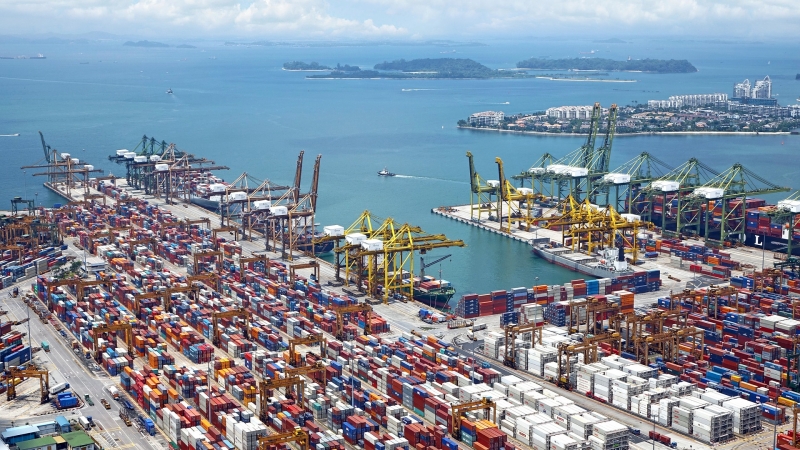Getting the Big Picture on Human Impacts to Ocean Health

Improving ocean health globally relies on understanding where the impacts of human activities, such as commercial shipping and fishing, accumulate and threaten marine ecosystems. These understandings require getting the big picture of these impacts, and one NCEAS working group played a key role in enabling this critical perspective.
This scientific team was the first to weave together previously separate data on disparate human activities, regional marine biodiversity, and ecosystem resilience to reveal where human impacts overlap and are most severe, offering the first-ever look at how pervasive human impacts are throughout the world’s oceans.
The main result of this research was a set of maps showing the distribution of cumulative human impacts over the entire ocean, published in 2008 and updated in 2015. These maps not only allow people to visualize and understand the magnitude of the human footprint on oceans, but also filled a critical knowledge gap, helping conservation practitioners to take a more holistic, ecosystem-based approach when managing marine resources.
“It was surprising – and hopefully, compelling – to see how pervasive our impact is, and how many areas of the ocean are subject to multiple impacts,” said Rod Fujita, a working group participant and Environmental Defense Fund’s Director of Research and Development. “Action requires motivation, and seeing how hundreds of separate activities, like shipping or land use, add up to large cumulative impacts all over the ocean generates motivation for action at the global scale.”
According to Fujita, work like this was made possible because NCEAS provides the mental and physical space – plus the computing power – that allows scientific teams to widen the lens on humans impacts to natural systems. From this wider lens comes a greater capacity to prioritize actions for healthier ecosystems and communities.
